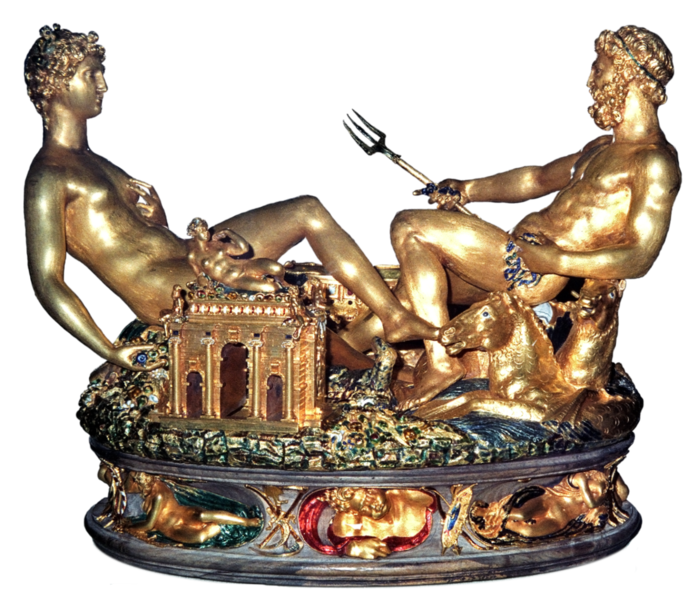 Italian police have recovered 10 works which were stolen back in 2004. Among the recovered works is this 16th Century painting depicting the holy family attributed ot Hendrick van den Broeck.
Italian police have recovered 10 works which were stolen back in 2004. Among the recovered works is this 16th Century painting depicting the holy family attributed ot Hendrick van den Broeck.
Gen. Giovanni Nistri announced the works had a value of $5.3 million USD, noting the works were found in a trailer wrapped in newspaper. The were were stolen in 2004 from “an ancient religious complex in Rome” according to the AP story.
The Culture Ministry also announced today that it had returned over 2,000 antiquities to Bulgaria, many of which were coins.
Nistri also announced that works totaling $243 million had been recovered in 2008, more than double the amount recovered the year before. Also noted in a Bloomberg account: “The number of known illegal digs in Italy last year increased by 15 percent to 238, mostly in the area around Rome, the Carabinieri police said.” It seems most of this increase was due to the increased policing of unauthorized archaeological digs (which we might just call looting). How has Italy found the resources or will to increase its efforts? Perhaps its new heritage advisor Mario Resca, profiled in today’s Wall Street Journal has some ideas on how to earn revenue from this heritage.
Whether Resca is the man to make the necessary changes remains to be seen, but he:
points in particular to Pompeii — Italy’s most popular site with 2.6 million visitors in 2007 — where littering, looting and the dilapidation of 2,000-year-old buildings and frescoes prompted the government this summer to declare a “state of emergency.” His concerns extend beyond conservation to issues of marketing and service.
Preserving this massive body of heritage is a difficult undertaking, and I touched on the difficulties at Pompei briefly here, but just because Resca is an outsider does not necessarily mean his ideas will be bad. In fact many of his suggestions have been floated before.
Questions or Comments? Email me at derek.fincham@gmail.com








